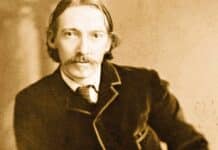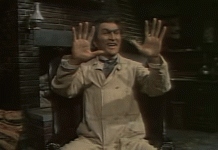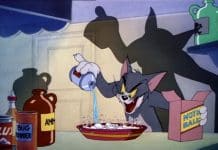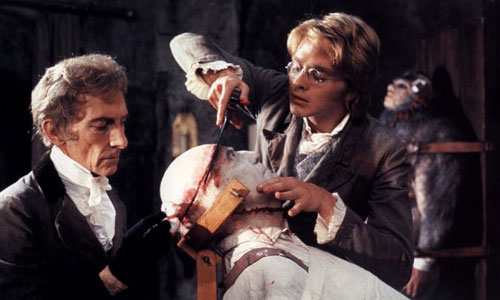The Strange Case of Dr Jekyll and Mr Hyde has moved from horror to comedy gold, reflecting changing audience tastes over time
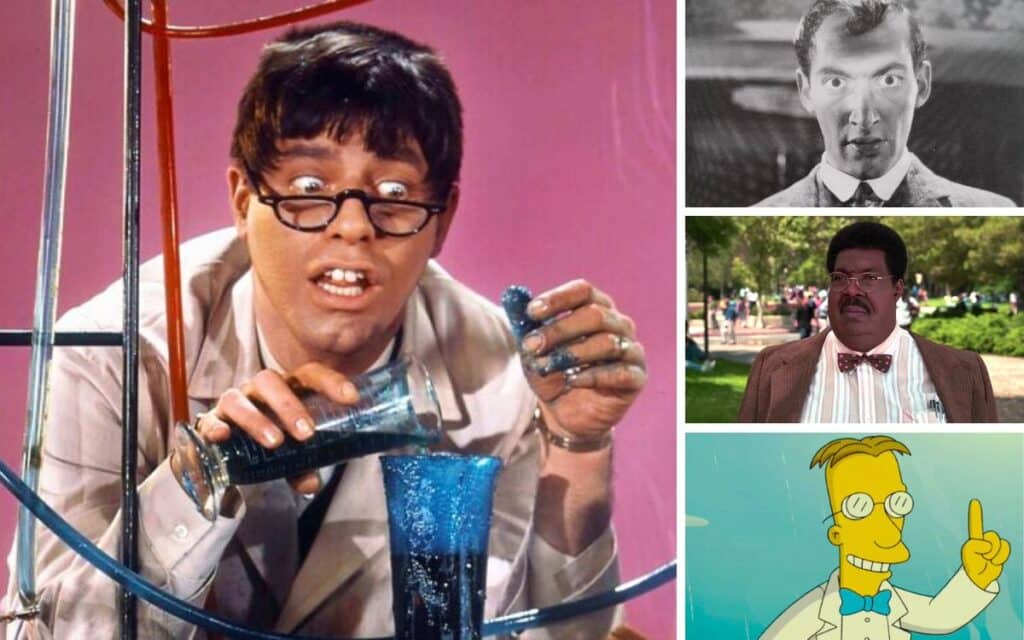
The Strange Case of Dr Jekyll and Mr Hyde has transformed from a chilling tale of dual personalities into a source of comedy since it was first published on this day, 5 January 1886.
Originally, the story was intended to explore the frightening side of human nature, showing that good and evil exist within everyone.
But as time went on, the story became a platform for laughs, with various film and television adaptations turning it into a light-hearted comedy.
The first comedic twist came in 1925 with Dr Pyckle and Mr Pride, a silent film starring Stan Laurel.
Instead of focusing on horror, the film presented Mr Pryde as a prankster who preferred stealing ice cream from children over committing crimes.
Laurel’s portrayal added a funny touch to the dark original, proving that even classic horror could make audiences laugh.
In 1959, the British Hammer film, The Ugly Duckling, gave the story another comedic twist.
In this version, Henry Jekyll, a shy pharmacist played by Bernard Bresslaw, drinks a formula and turns into the suave Teddy Hyde.
This adaptation focused on the humorous contrast between Jekyll’s awkwardness and Hyde’s newfound confidence.
The next year, Hammer offered a more serious take with The Two Faces of Dr Jekyll.
Here, Hyde was a handsome, charismatic man, while Jekyll was portrayed as dull and dreary.
Though not a comedy, it hinted that evil could be charming, setting the stage for future humorous reinterpretations.
60s and 70s: A Shift Towards Humour
The story took its most famous comedic turn in 1963 with Jerry Lewis’s The Nutty Professor.
Lewis played a nerdy scientist who creates a potion that transforms him into the smooth-talking Buddy Love.
The film poked fun at vanity and self-transformation, becoming a comedy classic. (The Nutty Professor was remade successfully in 1996 with Eddie Murphy, which in turn spawned a sequel, The Nutty Professor 2: The Klumps.)
By 1980, the humour had become more exaggerated with Dr Jekyll and Mr Hype. Starring Oliver Reed, this version featured a clumsy scientist who turns into a stylish, confident “Mr Hype” after taking his potion.
The film satirised society’s obsession with looks and self-image, taking the story’s humour to new heights.
The comedic theme continued with US animated series, The Simpsons’ crazy character Professor Frink, inspired by Jerry Lewis’s Nutty Professor.
Frink, with his quirky voice and mad inventions, brought a new comedic twist to the mad scientist trope.
This character showed how far the story had come, evolving from a tale of horror to a beloved part of popular culture.
Pop Culture Embraces The Funny Side
So, why did Dr Jekyll and Mr Hyde shift from horror to humour? As tastes changed, audiences began to see the funny side of transformation and duality.
The idea of a person suddenly changing from shy to suave, or from nerd to superstar, opened up endless possibilities for fun.
The original story’s theme of duality remained, but the tone became lighter, reflecting society’s desire for laughter over fear.
From horror to hilarity, the tale of Dr Jekyll and Mr Hyde has become a testament to the versatility of storytelling.
Jekyll and Hyde was also a favourite topic for animators over the years. Read Richard Phillips-Jones article, Jekyll Goes Looney Tunes: Jekyll and Mr Hyde in Cartoons, on Spooky Isles.
What do you think about the evolution of Dr Jekyll and Mr Hyde from a scary tale to a comedy favourite? Share your thoughts in the comments.



